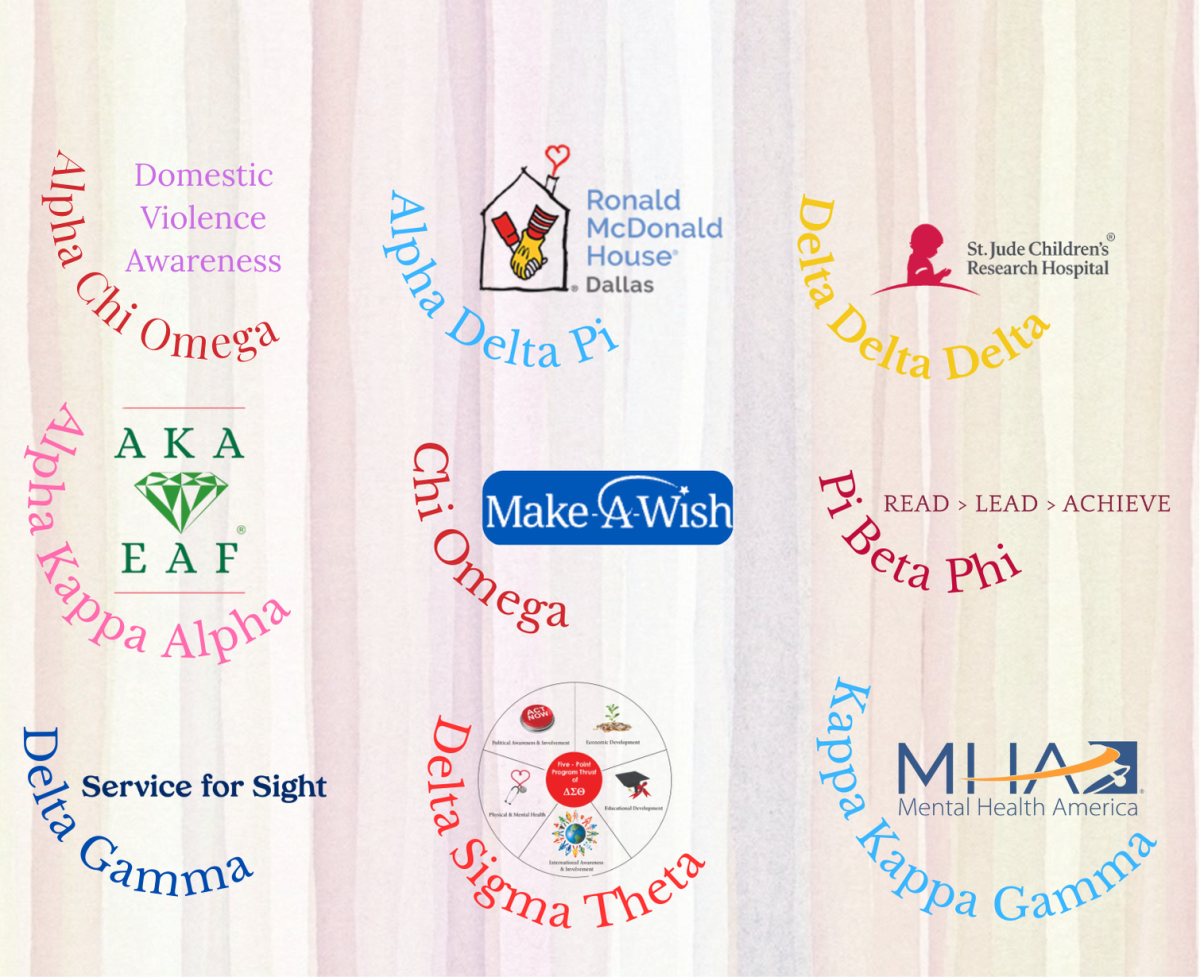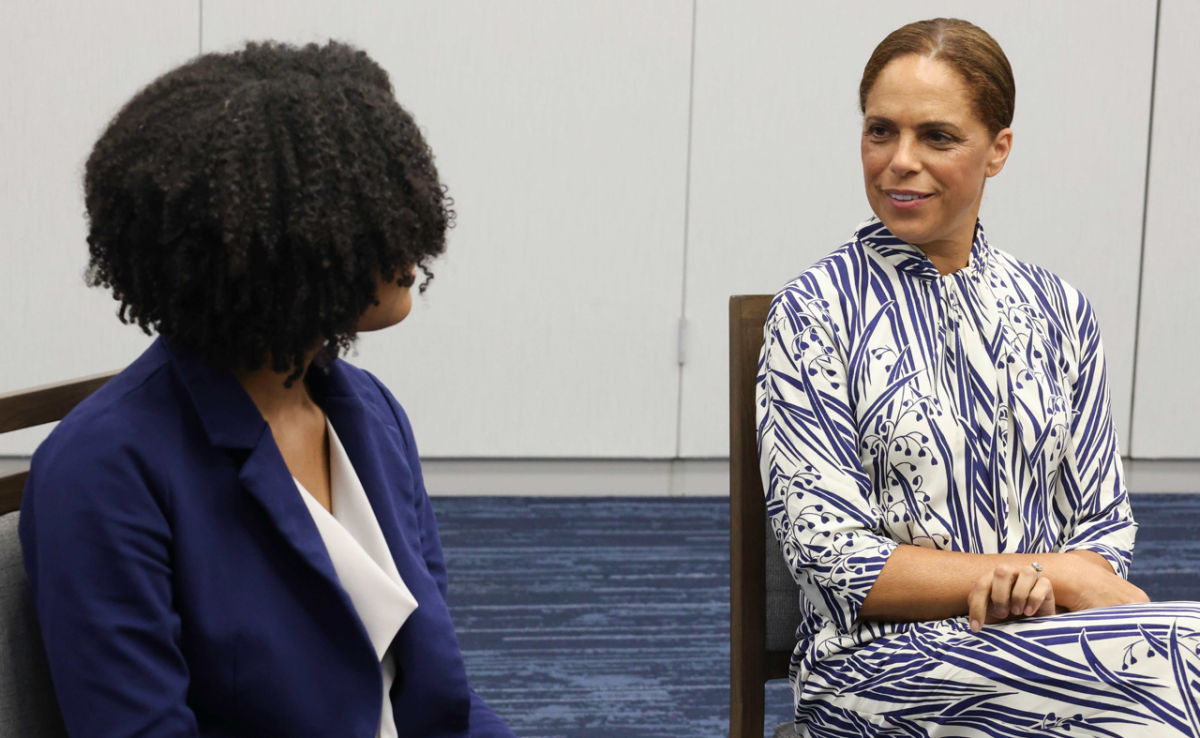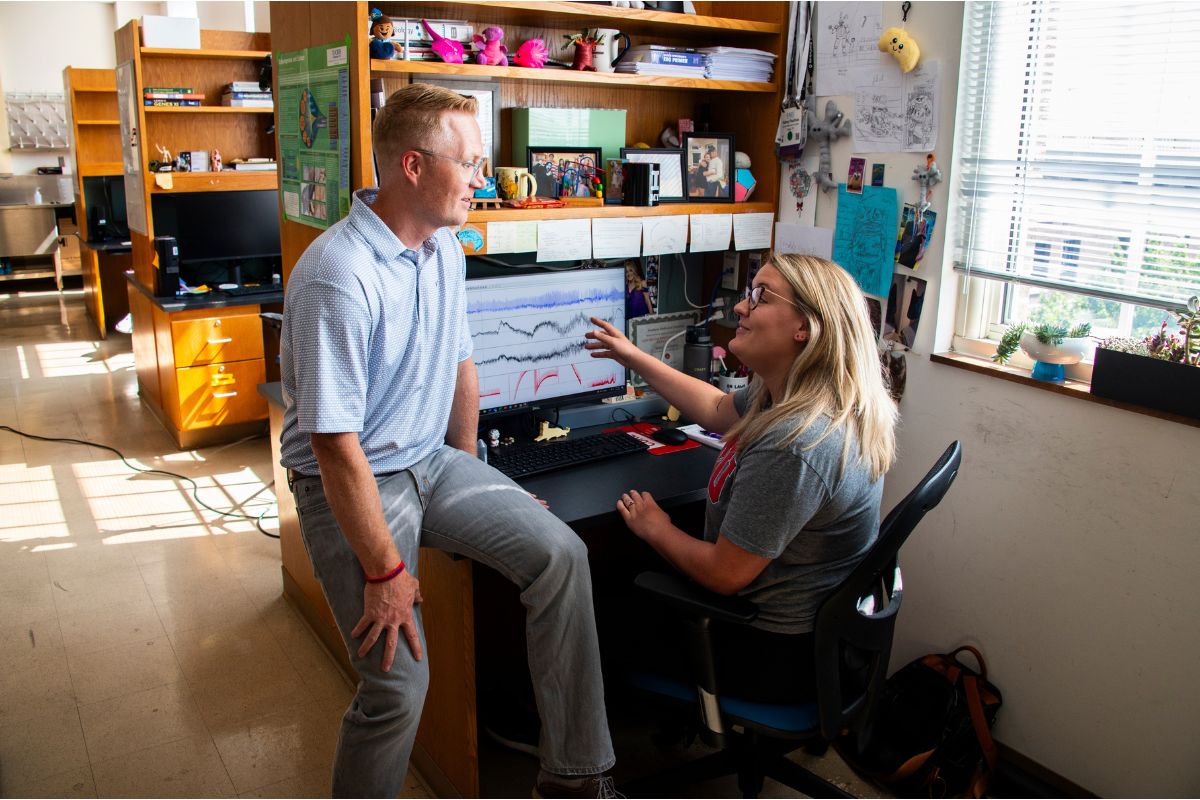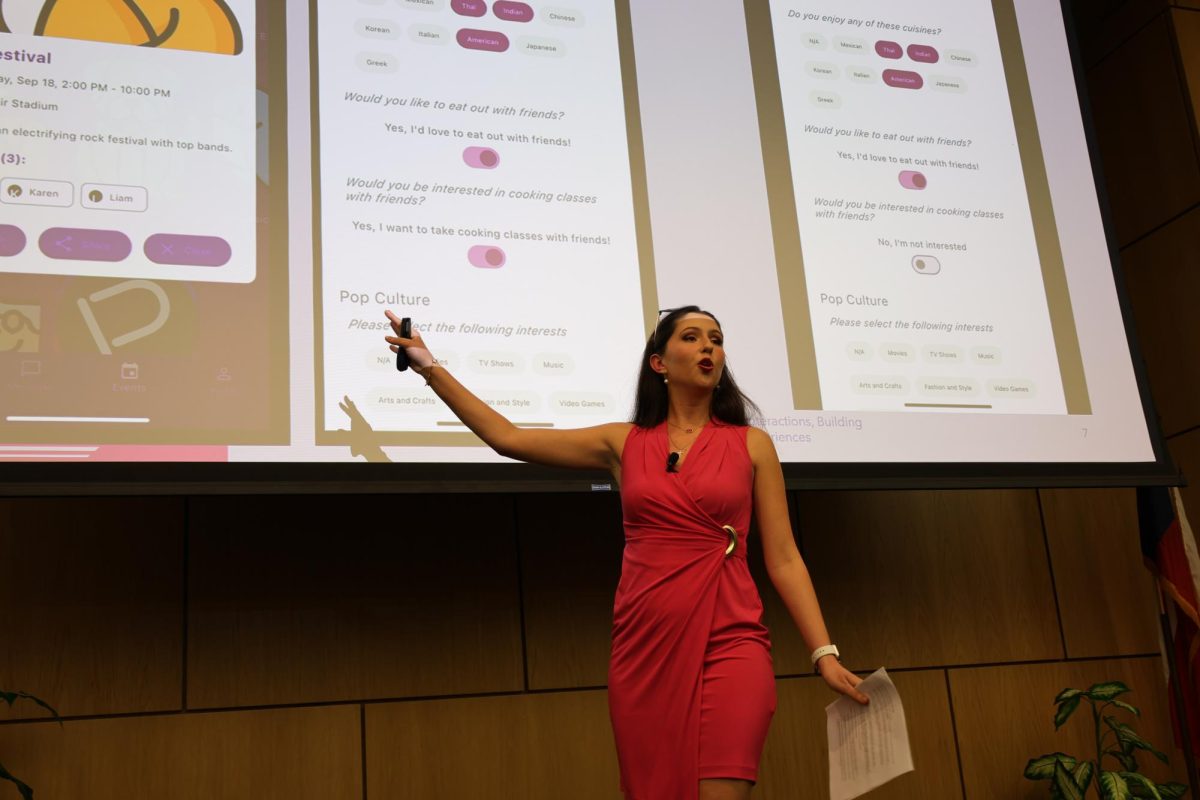By Candace Barnhill
Contributing Writer
cbarnhil@smu.edu
Students traveling out of the country for spring break aren’t the only ones who need to keep close tabs on their beverages, those staying in town are also at risk of being drugged.
Jan McCutchin, coordinator of the Center for Alcohol and Drug Abuse Prevention (CADAP), said her agency’s concern is that individuals at restaurants, parties, bars, etc. may slip predatory drugs into a student’s unattended drink.
“This is so common it has its own name,” she said. “Roofed or GHBd.”
Jessica Hosking, a first-year psychology major, knows this risk firsthand. In an email interview, she described a spring break trip to Puerto Vallarta during her freshman year of high school.
“It was the first night there and my older brother and I decided to go down to the beach, where there was a little hut/bar set up,” she said. “A guy came over with two already opened beers and handed them to my brother and I. The weird part was I watched him specifically look at mine and then hand it to me. After having about 4 sips, I started to feel abnormally tingly and my body started twitching.”
Hosking said she poured the beer into the sand and covered it. Shortly afterward, while vendors distracted her brother, the man who gave her the beer saw it was empty, grabbed her arm and ordered her to go with him. She said she was lucky she did not finish that drink. She pushed the man away, yelled for her brother and returned to the hotel.
“The whole walk home I was slowly feeling drunker and drunker, and when we got back we called the doctor,” Hosking said. “I ended up being fine, but I was so lucky that I had been warned a million times by friends and family that this stuff does and can happen to anybody.”
Drugs used in instances like this include gamma hydroxybutyrate (GHB) and rohypnol; two fast-acting, long-lasting drugs which induce a sedative effect. When mixed with alcohol, these can incapacitate a victim, prevent assault resistance and in some cases become lethal.
“We’ve had reports of people just sipping a full drink that was there and then knowing that they had been drugged the next day,” CADAP Coordinator McCutchin said.
She said some students who experienced this were at establishments within walking distance of campus.
As a precaution, McCutchin advises students never to leave beverages unattended. She would like people to see their drinks made, avoid accepting open containers and to be cautious of punch drinks.
“If somebody looks very impaired, don’t leave them behind,” she said. “Get them back home.”
Anyone who suspects being drugged should immediately go to the emergency room or call 911.
“One of the biggest problems is that we cannot build a case,” McCutchin said. “These drugs’ life in the system are in and out so quick that it’s very hard to verify that somebody has been drugged if they don’t deal with it right away.”
Effects can last anywhere from four to six hours, and McCutchin said GHB is out of out of the system within a 12-hour period of time.
She said saving a sample of a suspect drink or collecting and freezing urine in order to have it tested can help determine the presence of drugs.
While inexperienced drinkers may think lack of recall is related to an alcohol blackout, McCutchin said the difference is the length of missing time. Where an alcohol blackout would be short, an inability to remember specific moments, the amnesia effect of GHB or rohypnol would block longer periods, sometimes an entire evening.
While these drugs are banned in the U.S., they are still sold in Mexico and find their way across the border. They are also used in non-alcoholic beverages, such as sodas and bottled water, as a precursor to sexual assault.
Although sexual assault with the aid of drugs is now a felony, it is still underreported.
Sgt. Christine Rodriguez of the SMU police department said sometimes people are afraid of reactions to their reports. “They’re afraid of having to tell the story again to someone else. They’re afraid of how someone’s going to look at them.”
Rodriguez, the sexual assault investigator on campus, said she hopes to see a more positive attitude toward reporting assault. She encourages victims to report to someone, even if not to police.
“I would like to think that the more it is talked about on campus, the more comfortable students would be reporting this if they really understood the process,” she said.
The idea is to find someone who understands recovery.
“It’s a violent crime. It’s very hard to deal with,” she said.
Rodriguez is called first in a sexual assault report. She accompanies the victim to the hospital and calls a sexual assault advocate from the health center, who usually joins them there. They encourage victims to do a rape kit because that is the only way to collect evidence connecting a person to the crime.
Rodriguez realizes the kit’s invasiveness, but said it is necessary if the victim wants to catch the assailant.
“If a girl doesn’t want to do it, I’m not going to force her,” she said. “My goal in sexual assault situations is to do what the victim wants to do. It’s not to force them to prosecute.”
Anyone reporting a sexual assault can fill out a pseudonym form to protect their identity.
“It’s already hard enough for people who’ve been involved to go through all the process,” she said. “I think those girls who are out there and those guys who are out there who this has happened to need to see that we really are here to help them.”
Both Rodriguez and McCutchin caution students vacationing in Mexico over spring break to be aware of potential risks around them. McCutchin said, “GHB and Rohypnol are associated with sexual assaults, but they are also associated with being rolled, that was the old term for it, but basically where they are being robbed, their money is being taken.” She said the lack of recall makes it difficult to file an accurate report in these instances. Rodriguez pointed out the travel advisory on the U.S. Department of State website, http://travel.state.gov/travel/cis_pa_tw/pa/pa_2100.html.








